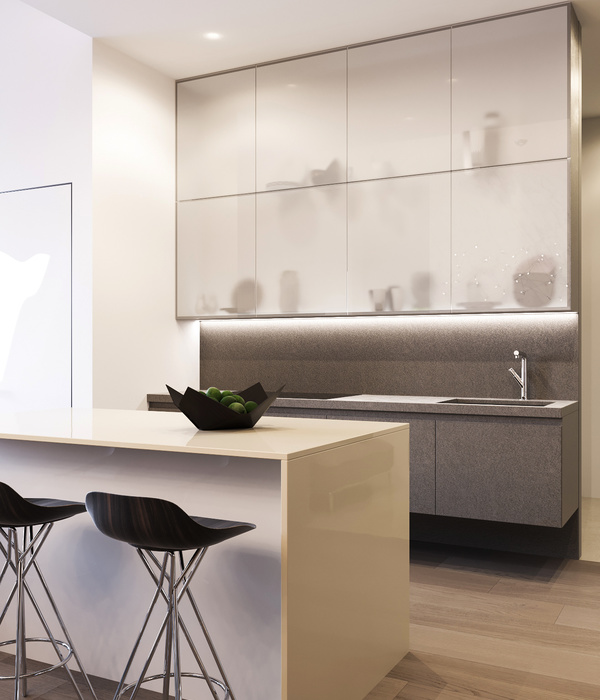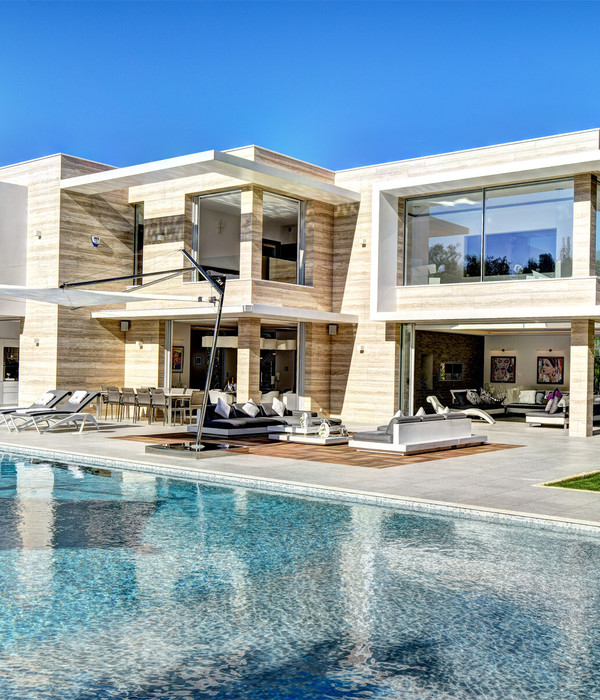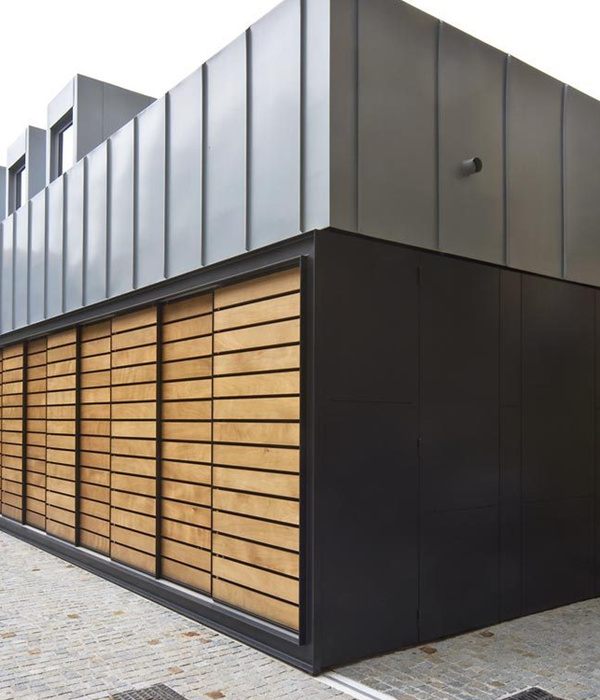This was a second development project for Fraher
& Findlay, where we were Client, Architect and Contractor, fully in control of the project, and owning the risks and rewards of each role.
The site was occupied by a small, detached late Victorian House with a side car lot and large garden. The car parking area to the side of the house, presented a large gap in the tight urban grain of the street, a gap waiting to be filled. The street has a number of different styles of houses due to post war development, however the immediate neighbours to our site are a set of victorian terraces and early Edwardian terraces.
The street had been developed in such a nature that the houses were built from either end of the street, joining up towards the middle. As the houses met the central corner point, the late Victorian housebuilder must have decided to squeeze an extra house in as they turned the corner - providing a set of 3 No. slim (3.2m) terraced Victorian Houses. It was unlocking this history that provided us with the contextual analysis to support a development of 3 No. ‘pencil houses’ to mirror and ‘Ghost’ the existing slim Victorian houses.
We reviewed in depth the balance between keeping the existing building that was suffering from cracking, structural damage, sinking roof, rotten timber floors, ripped out original features and had a very poor thermal performance versus starting afresh. The opportunity to develop 3 No. sustainable family houses provided a better opportunity for the site, environment and the wider community.
The design response presents 3 No. new slim sustainable family terraced houses to reflect and echo the neighbouring context, with a contemporary and sharp facade. We explored how to create a slim
configuration of the traditional terraced house - providing a prototype plan to provide a denser form of development within infill sites.
By creating a cast and ‘ghost’ of their neighbours, the houses can sit side by side without creating a pastiche. The sharp, digital appearance of the buildings draws on traditional features, using modern techniques to echo what is there. We wanted to ensure the ‘character’ of infill is delivered across the elevation
Decorative features such as the gingerbread gables eaves fascia are ghosted across into a pre cast concrete decorative gable. The house number detail of the Victorian terraces is now cast into the door numerals, as well as the Fraher & Findlay logo at the top of the houses - a mark of the maker. The red banding of brickwork is carried across with a projecting header brick detail across the new building. The window heights align to continue the feeling of the terrace.
The building is not trying to be its neighbours - merely reference and speaking quietly to them.
Ghost House:
The nature of a narrow infill house means that they have an inherent unique character to their neighbours..
Activities on each floor are connected by a spacious “social” staircase that offers itself as a space for exhibition and chanced encounter, therefore mitigating the challenge of a ‘Slim Building’.
A three storey staircase wraps up through the building centrally - with perforated metal landings to ensure that light floods down through all the levels of the houses. The staircase becomes a social space as the view through the floors means that activity relates between the levels of the building.
Once entering the building you come across an
enhanced entrance hall, providing a wide space to take off your shoes and coat and collect your breath. The space doubles up as a secondary snug space and home study area with a view over the street.
A wide corridor runs down the spine of the building, connecting views from the front to the back of the houses - stretching views out towards the garden. This view is punctured with natural light that floods through the staircase from the rooflight above.
In order to minimize the volume of the houses to the rear but to stretch the space as much as possible, we sunk the living areas into the landscape - this means the kitchen space is up to 3.5m floor to ceiling in some spaces and 2.7m in others - much taller than your average new build rooms.
A large picture window and sliding door steps up to greet the garden from the living space - appearing to extend the living spaces into the garden, and the garden into the living spaces.
At first and second floor levels sit the bedrooms and bathroom spaces off the central lightwell staircase. Full height doors to each room make the spaces flow into one another when open - further enhancing the social staircase. The location of the staircase centrally was key for providing generous bedroom spaces. Often
in a traditional terrace the staircase is unnecessarily dark, long and inefficient. In these houses a permeable landing lets natural light filter throughout the levels of the building.
The oak clad staircase wraps up through the house to a large feature rooflight which floods the middle of the floor plan across all the levels of the building. A loft floor study space perches over the staircase looking out over the garden.
The roofs to the houses are clad in a light coloured zinc - a lightweight and recycled material. Having a visually lightweight roof finish was important to make
the houses more Ghost Like and float up into the sky. A heavy hat of slates would have appeared too constrictive to the front of the houses.
This new build project will be using modern methods of construction using off set fabrication techniques as well as a sustainable methodology to the services design.
All the joinery was computer modelled, cut on the CNC and then assembled insitu, utilising lean manufacturing techniques.
The properties are highly sustainable and have a wealth of features to keep the building comfortable all year round while minimising running costs. Super insulation and triple glazed windows and doors are combined with an innovative heat pump system. The MVHR (Mechanical Ventilation with Heat Recovery) filters and provides chilled air to keep things cool in summer and warm air combined with underfloor heating under the Italian terazzo flooring keeps things toasty on the coldest
of days. There is no need for a gas boiler in these properties as they are fully electric! A wildflower roof combined with on-site rainwater storage also helps to minimise the impact of the building on its surroundings.
Its important that as Architects we push the general perception that houses need to be a certain format. We need to do better to recognise different ways of making homes. We believe that The Ghost Houses show that infill development doesn’t just relate to single houses and by challenging the typical layout of the terraced house - we can design and make more homes that have a positive impact on their wider environment.
{{item.text_origin}}

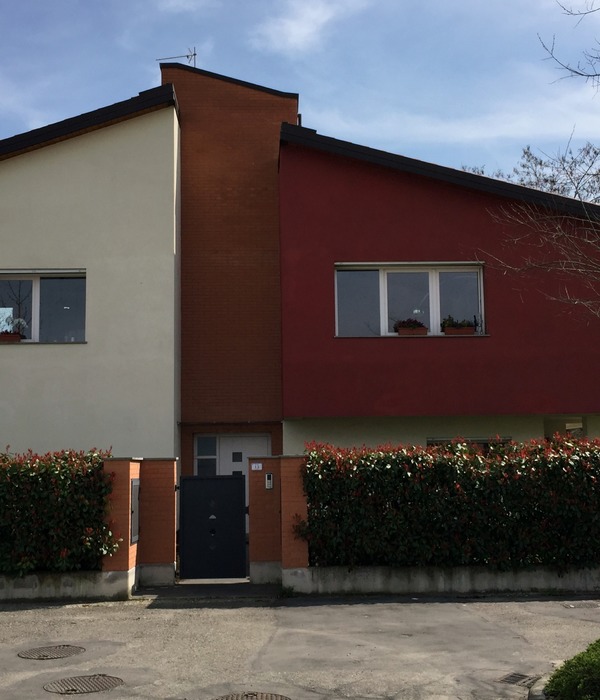
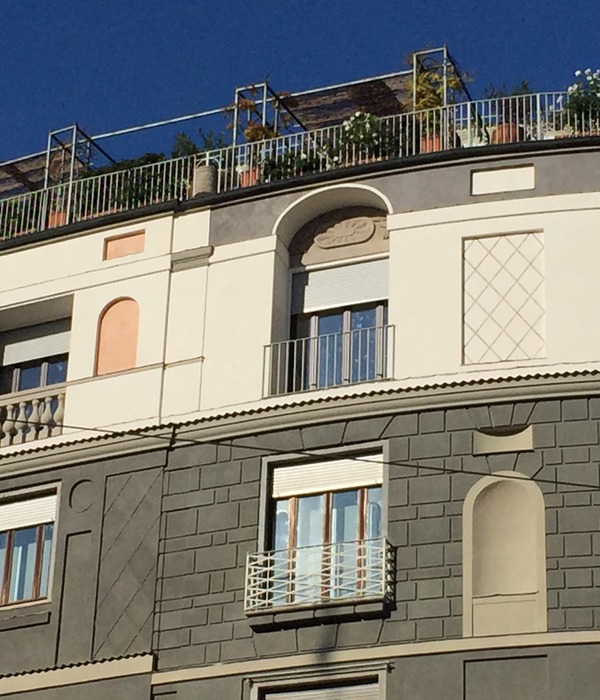



![《[ri]cordare》——融入环保理念的意大利乡村建筑设计 《[ri]cordare》——融入环保理念的意大利乡村建筑设计](https://public.ff.cn/Uploads/Case/Img/2024-04-21/oPXMOEWlfFuniTTzHEVQizEDy.jpg-ff_s_1_600_700)


